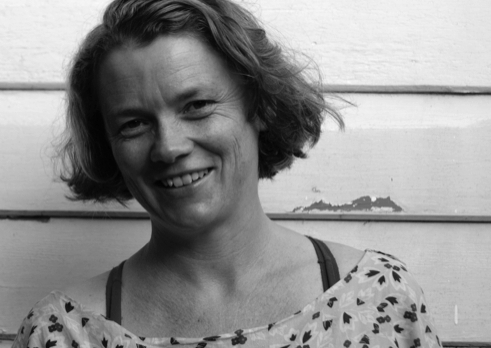
William Blake pinches himself. Yes! He is alive, not in heaven or hell for all eternity, but on earth, for just as long as I need him for the purposes of this essay. In the almost two hundred years since William Blake died many things have changed. William Blake knows very well that he was not all that successful last time he was alive, definitely not famous. He was hardworking, but also pretty weird, and not great at self-promotion. Luckily, William Blake has a smart phone so he can look himself up on Encyclopaedia Britannica (William Blake avoids Wikipedia because it campaigned to weaken Australian copyright law). William Blake reads that after he died the Pre-Raphaelites got interested in his work, and so did Yeats, T S Eliot, and Northrop Frye. William Blake does a quick vanity search on duckduckgo.com. There are a lot of entries. Wow, his drawings and paintings are in the Tate! And his poem ‘Jerusalem’ is sung at rugby matches, cricket games, and Women’s Institute meetings. You can even buy collections of his poetry in the bookshop in Wollongong Mall. And then an ad pops up for a Dr. Martens boot that features his painting ‘Satan Smiting Job with Sore Boils’. William Blake thinks a pair of Birkenstocks would suit him better, but he’s not sure of his shoe size, so he has to leave this essay and wander down to the shops to try on sandals, where he will discover that if you say ‘tyger tyger’ to a person of a certain age, they quite often say ‘burning bright’ back to you. Goodbye William Blake. Enjoy the shoe shopping. We’re going to stay here and talk about poetry.
Specifically, we’re going to talk about poetry when it gets out of the house and involves itself with, sometimes even becomes, other things. Things like theatre, sound, visual art, sporting events, community organisations, and conversation. But how do we know poetry is still poetry when it’s not in a book or at a reading? Can we find a definition for poetry that still works when poetry is sung at a meeting or in a stadium? O poetry, you big lump of phonemes, so obvious, so unknowable, what are you? What distinguishes you from all the other bunches of phonemes? Perhaps thinking about poetry when it gets involved with and becomes other things might even help answer that question. Especially if we think of poetry as something that has no natural or original setting.
In his book The Hatred of Poetry, Ben Lerner says he is pirating poet and critic Allen Grossman’s reading of the story of Caedmon (you know Caedmon, English poet from six hundred and something, mentioned by the Venerable Bede, Caedmon the humble cowherd who was visited by an angel who taught him to write poetry? Oh yeh, him.). Lerner tells us that, ‘Grossman … abstracts from this story … a harsh lesson: Poetry arises from the desire to get beyond the finite and the historical – the human world of violence and difference – and to reach the transcendent or divine’ (13-14).
I’m including this quote because I want to say very clearly that I disagree, I do not think poetry arises from a desire to reach transcendence or divinity. Some poets, and whole cultures of poetry, are for sure about transcendence and/or divinity, but I reject the idea that poetry is always about a desire to reach the transcendent or divine or that a desire to reach the transcendent or the divine is sufficient as a definition of poetry. William Blake might disagree with me. But he’s out shopping, so. I’m looking for a definition that I can point to, something that is right there, in poems themselves. It’s not going to be an essence. It’s going to be a set of features. I want a definition I can use as a tool, so I can recognise poetry when I see or hear it, the way I recognise a kookaburra, a blue tongue lizard, or a ladybird.
Poet Rachel Blau DuPlessis was present at a discussion between the poet Xi Chuan and scholar Chris Lupke. Luckily for us, there were some other people in the audience who questioned whether Xi Chuan was writing poetry, or some other kind of text. Blau DuPlessis wrote an account of the conversation, and because of these questions around the boundaries of poetry, she included this brief and lucid definition, a definition that I would like to both use and think about in this essay. Here it is:
By the way, I’d define poetry as a mode of writing in chosen rhythmic segments that are culturally read as poetry. (‘On Hearing’ par. 3)
All the best definitions start with the phrase ‘by the way’, by the way. I note the point Blau DuPlessis makes about poetry being that which is culturally understood as poetry – a way of thinking about definition that encompasses context and leaves borders pleasantly blurred – and also what might be opened up in her use of the word ‘rhythmic’. If I was going to discuss Jennifer Maiden’s idea of poetry as a binary system of stressed and unstressed syllables, this would be the place to do it. But in this essay, where I hope to offer tools for poetry when it gets involved with and becomes other forms, it is really segmentivity that I want to take up and carry with me, as though it were a loaf of bread or a useful knife.









